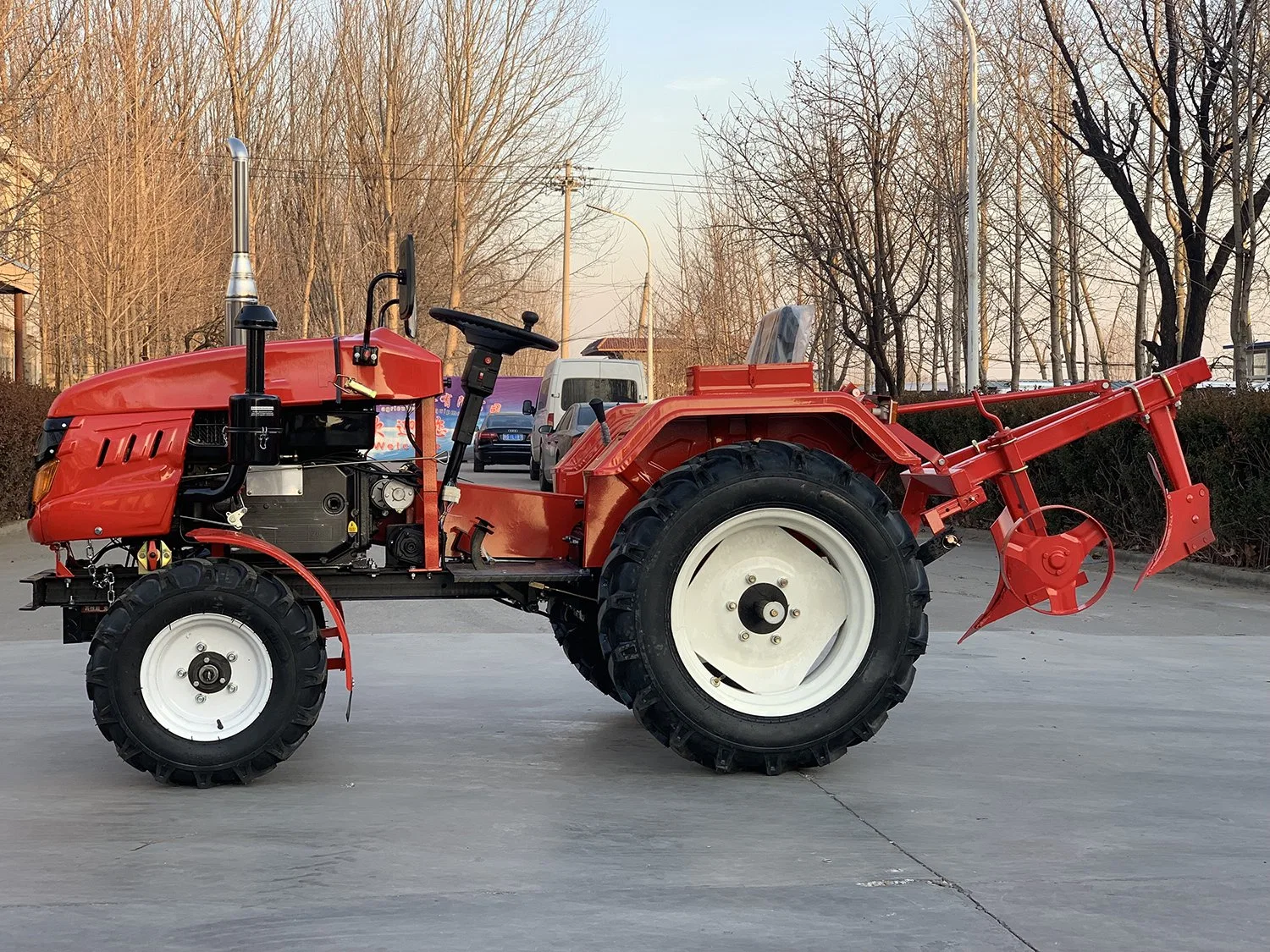
Efficient mushroom farming requires more than just good compost and spores. To consistently achieve high-quality yields, growers must rely on modern mushroom farm equipment that supports every stage of the process. Technological advancements are transforming mushroom cultivation from a labour-intensive activity into a precision-driven industry. As demand for mushrooms continues to rise, commercial farms must meet expectations related to product quality, safety, and sustainability. Equipment plays a central role in enabling this.
How environmental control equipment supports healthy mushroom growth?
Mushrooms require tightly regulated conditions to thrive. Temperature, humidity, CO2 levels, and airflow all impact fungal development at different stages. That’s why professional farms invest in integrated environmental control systems. These solutions automatically adjust settings based on sensor data, providing stable microclimates inside growing rooms.
Accurate controls reduce energy consumption by ensuring that heating, ventilation, and humidification work efficiently and only when needed. They also protect crops from stress and contamination. Advanced systems include remote access options, enabling growers to monitor performance from mobile devices, which greatly improves response times and enhances control over the cultivation environment.
The role of cultivation structures in effective mushroom farming
Shelving and growing racks must be robust, easy to clean, and configured to allow for uniform airflow. Equipment for mushroom farms such as tiered shelving systems enables space-efficient growing, especially in climate-controlled facilities. Designs made from galvanised or stainless steel are preferred due to their resistance to moisture and cleaning agents.
The configuration of the structures directly affects how air circulates, which is vital for preventing fungal diseases and ensuring even growth. A good setup also makes it easier to automate tasks such as compost filling and harvesting. Well-designed layouts considerably reduce physical strain on workers and improve workflow throughout the growing cycle.
Automation reduces labour dependency and increases output
Manual labour remains part of mushroom cultivation, but automated equipment is becoming essential for scaling operations. From filling lorries with substrate to removing spent compost, machines save time and reduce inconsistencies. This improves uniformity in mycelial colonisation and crop timing.
Automated solutions also reduce human error, especially during repetitive tasks. For instance, consistent compost compaction is crucial for gas exchange and moisture retention. Machines ensure the same, consistent result every time. When systems work together—such as filling units connected to conveyors and washing lines—productivity increases without sacrificing quality.
Integrated monitoring systems enhance operational insight
Modern mushroom farms increasingly rely on data-driven tools to monitor environmental conditions, equipment performance, and crop development. Integrated monitoring systems collect real-time information from various points in the facility, helping farmers make informed adjustments quickly. These platforms often include alerts and various reporting features, allowing for early detection of issues and continuous improvement of cultivation practices. The result is a smarter, more responsive farm operation that supports both yield consistency and long-term sustainability.








